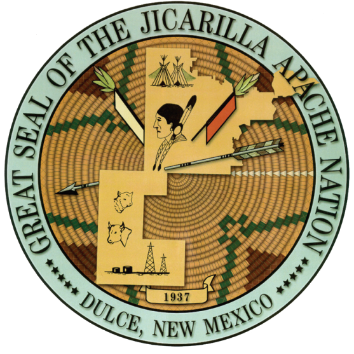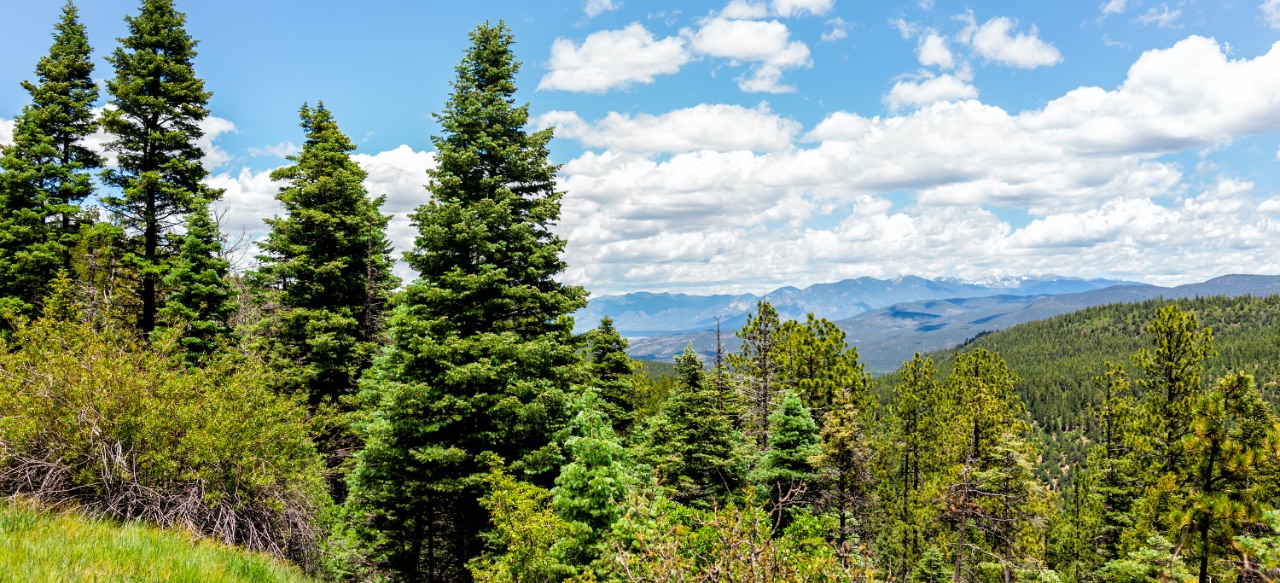
Jicarilla Apache Nation
Jicarilla Apache Nation
The Jicarilla Apache Nation Indian Reservation spans more than 879,917 acres in north central New Mexico. The Reservation is located in the upper reaches of the San Juan River Basin and the Rio Chama in north central New Mexico, straddling the Continental Divide. The Reservation’s northern boundary borders the Colorado line and the western boundary of the reservation is about 15 miles east of Navajo Reservoir. Dulce, NM is the Reservation’s sole community and is home to the Jicarilla Apache Nation’s tribal headquarters. In 2010, the Nation had a population of 3,254.
The geography on the Jicarilla Reservation ranges from high desert at the south boundary, at about 6,500 feet in elevation, to mountainous areas reaching over 11,400 feet in elevation in the north. The landscape varies from rugged pine-covered mesas and pinion-juniper woodlands to lowland sagebrush flats. Coniferous forest dominates the higher elevations in mountainous areas.

Historical Use of Water
In 1887 when the original 416,000-acre Jicarilla Reservation of Northern New Mexico was created by the executive order of February 11, 1887, water was a major consideration. At the time the Reservation was created, the General Allotment Act of 1887 (or the Dawes Act as it was popularly known) sought to divide reservation lands into allotments to encourage farming. The Jicarilla were able to revert their individual allotments back to tribal ownership, avoiding the fractionation of tribal lands and their appurtenant water rights. Due to the high elevation of the Reservation, along with the heavily timbered slopes and the short crop-growing season, homestead-style farming on the original lands of the Jicarilla Apache was unsuccessful. By 1906, the Reservation had nearly doubled in size by the addition of what is now the southern end of the Reservation. This additional land provided year-round grazing of livestock as well as subsistence farming.
In the 20th century, the Jicarilla Apache Nation gained tourism and recreation benefits from its Reservation lands and waters. Today, oil and gas development is the principal economic activity on the Reservation resulting in the use of significant quantities of water as well as the prospect of degradation of water quality on the Reservation. Realizing that rapid growth was resulting in massive diversions of the region’s rivers, including the sacred rivers encompassing their homeland, the Jicarilla began a concerted effort in the 1960s to define the extent of their indisputable rights to permanent sources of water to make their homelands habitable and productive.

Cultural Significance
Water, in all its forms from clouds that bring the rain, to the snow that provides the blanket of winter and icy spring flows, to its life-giving presence in rivers, lakes, and streams, is sacred to the Jicarilla people and has been a fundamental tenet of the Nation’s religion since time immemorial. In Jicarilla creation stories, “Born of Water” is a major deity who made the world a safe place for human habitation and brought the four sacred rivers – the Arkansas, Rio Grande, Canadian, and Pecos Rivers – to the Jicarilla people
“Water to the Jicarilla has never been just a commodity or a necessity of life, but a sacred element that requires respect, reverential treatment, and efficient use, and is used symbolically in all religious ceremonies and rituals.”
The Jicarilla homelands are considered sacred, shaping Jicarilla religion, culture, lifestyles, and their very identities as a distinct people. Elders still predict spring flows and summer availability of water from the timing rather than the density of snowfall, closely reflecting what scientists today refer to as its moisture content. Water to the Jicarilla has never been just a commodity or a necessity of life, but a sacred element that requires respect, reverential treatment, and efficient use, and is used symbolically in all religious ceremonies and rituals. The persistence of Jicarilla culture in a real sense is connected to the land, its natural resources, and its environment. The land and its waters not only hold the key to the past of the Jicarilla people but define their present.